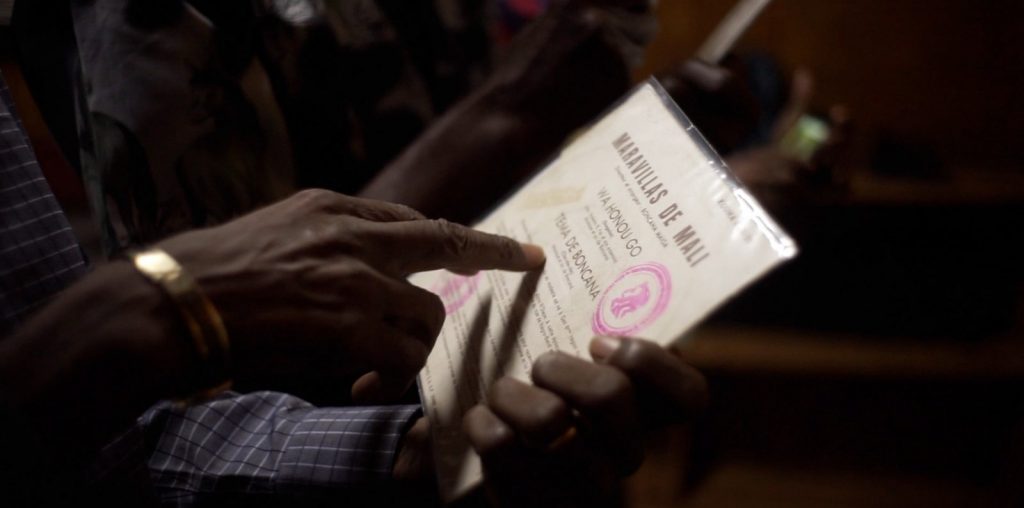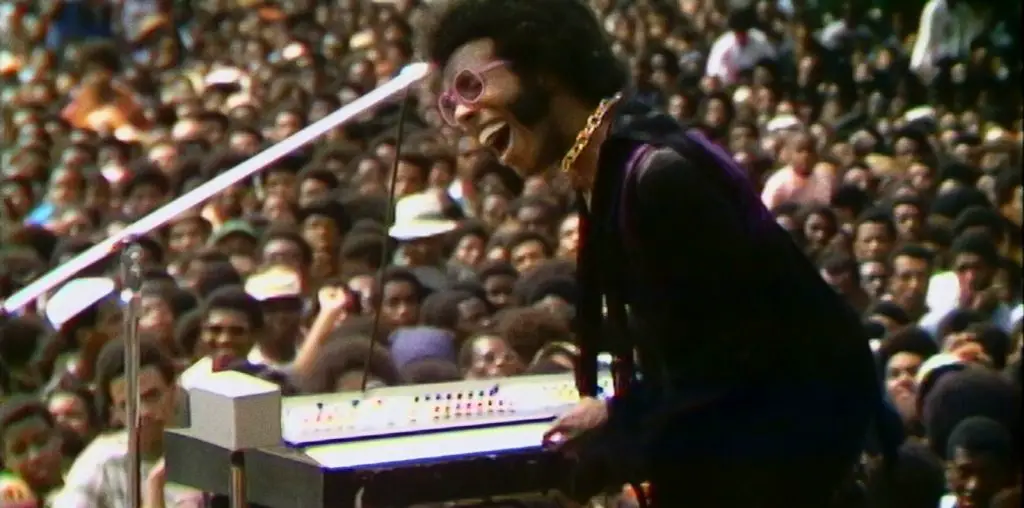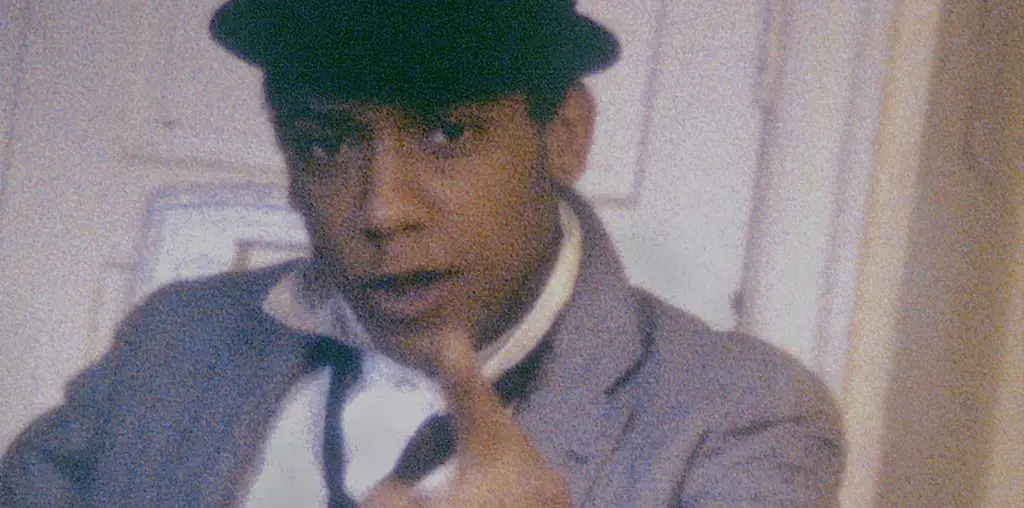
Filmmaker and musician Gio Arlotta’s WITCH: We Intend to Cause Havoc traces the history of the titular Zambian 1970s rock band WITCH (We Intend to Cause Havoc). Along with bringing the amazing sounds of WITCH to a broader audience, the director also documents the life of lead singer Jagari, whose name was inspired by Mick Jagger. That’s not the only parallel between WITCH and The Rolling Stones, either. Emanyeo “Jagari” Chanda and his bandmates took their love of the British Invasion musicians to craft a sound that feels like the Brit blues-rock infused with African rhythms and traditions. This fusion sounds glorious and authentic, despite being derivative.
This genre of music traveled the world on a grand tour ever since Robert Johnson first sang “I woke up this morning” into a microphone attached to a wax master recorder in San Antonio, 1939. Then, the blues landed in Zambia with a thump where bands like Musi-O-Tunya and WITCH pioneered a new genre, dubbed Zamrock. Decades passed, and Jagari found himself, the only surviving member of WITCH, working as a gemstone miner. Cue Arlotta and two young Dutch musicians. After they heard some old recordings of the band, the trio undertook a quest to track down the Zamrock legend.
What Arlotta got from his trip to Zambia was an amazing documentary, as well as the priceless experience of meeting Jagari four decades after the heyday of Zamrock. Plus, there’s the added bonus of bringing the music of WITCH out of rock history and into the present day. Jagari explains that he gave up music because it was impossible to make a living as a musician in Zambia.
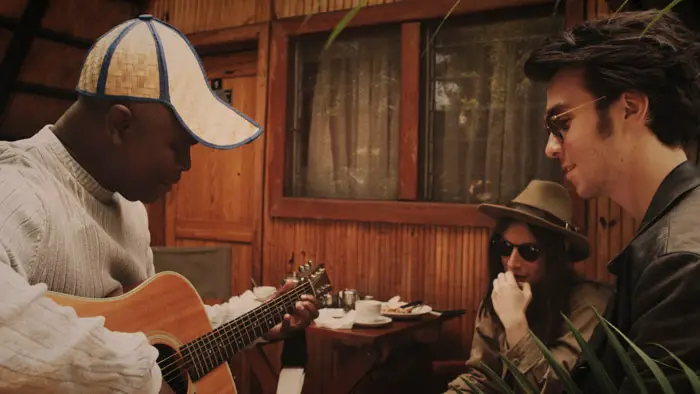
“…the trio undertook a quest to track down the Zamrock legend.”
But when he goes on tour with a new band playing WITCH songs, he finds his songs are still wildly popular and translate effortlessly to new generations. For all the years and miles, Jagari is still an energetic and cheerful person, and he is brought back to full power by the unexpected resurgence of music in his life. Along the way, he reconnects with old friends from the Zamrock days, including guitar virtuoso Victor Kasoma, a polio survivor.
This style of musical archeology has become a familiar mode, as aficionados of authentic music turn away from the processed hyper-sound that pollutes pop music now to dig for real musicians and music in the past. From bands like Buena Vista Social Club to Las Maravillas de Mali, featured in The Mali-Cuba Connection, there’s a renaissance and newfound appreciation for these hidden gems. Such productions could be seen as a cynical grab for attention if the passion for the music wasn’t there, but, thankfully, Arlotta and his young players shine with enthusiasm for Zamrock, WITCH, and their subject.
Their passion is not misplaced. Zamrock has a unique energy. Pure joy flows forth as WITCH enchants the ears with their style of blues-rock infused with African rhythm and psychedelic free jazz. This music is a gift. The film spends a great deal of its time on the music, but there was very little footage of WITCH performing, so the music overlays stock footage of James Brown while discussing his influence on the band and the like. WITCH: We Intend to Cause Havoc is a wonderful history lesson, as well as a lovely introduction to a band and their music that, perhaps, most people would never have heard otherwise.
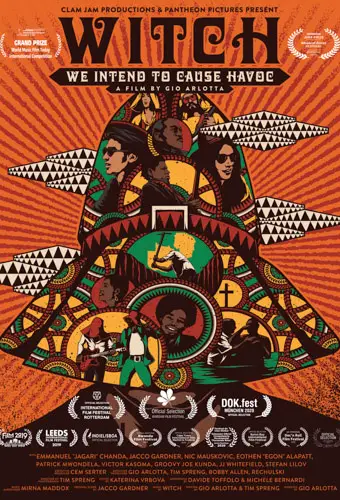
"…a wonderful history lesson..."
